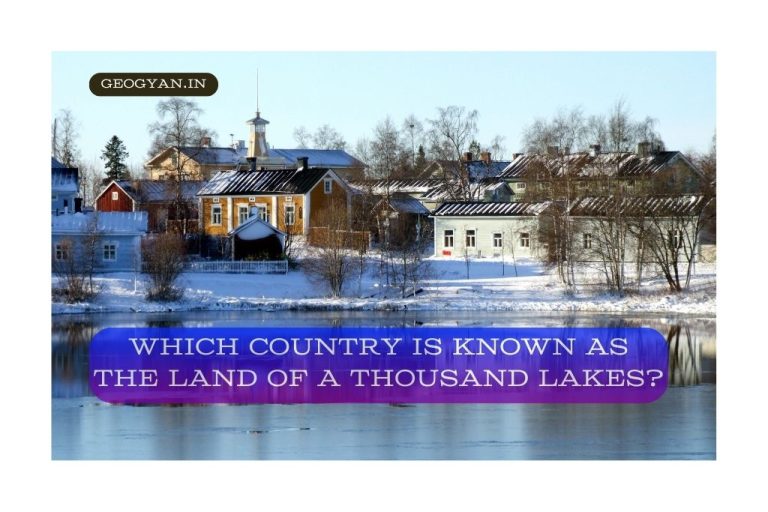When it comes to Europe, one of the most frequently asked questions is: “How many countries are in Europe?” The answer might seem simple, but it is a bit more nuanced than you might think. According to the United Nations, there are 44 countries in Europe. However, this number can vary depending on how you define Europe’s boundaries and which territories or states you include.

How Many Countries are in Europe According to the UN?
The United Nations officially recognizes 44 countries in Europe. This count includes fully sovereign nations as well as transcontinental countries like Russia and Turkey, which span both Europe and Asia.
Here is a quick breakdown:
- Western Europe: France, Germany, UK, etc.
- Eastern Europe: Poland, Ukraine, Romania, etc.
- Northern Europe: Sweden, Norway, Finland, etc.
- Southern Europe: Italy, Spain, Greece, etc.
This number is widely accepted, but it is important to note that some sources may list a different count due to varying definitions of Europe’s boundaries or the inclusion of disputed territories.
Why Do Some Sources Say There are 50+ Countries in Europe?
You might have seen sources claiming there are 50 or more countries in Europe. This discrepancy arises from differences in how Europe is defined and which territories are included. Here are some reasons for the variation:
- Transcontinental Countries: Nations like Russia, Turkey, Georgia, Armenia, and Azerbaijan are often included in European counts because part of their territory lies in Europe.
- Partially Recognized States: Territories like Kosovo are recognized by some countries but not others, leading to differing counts.
- Microstates and Dependencies: Tiny nations like Vatican City, Monaco, and San Marino are sometimes overlooked, while others include them in their lists.
Which Countries are Part of the European Union (EU)?
The European Union (EU) is a political and economic union of 27 member countries as of 2023. It’s important to note that the EU is not synonymous with Europe—it’s a subset of European countries.
Some of the most prominent EU members include:
- Germany
- France
- Italy
- Spain
- Poland
The UK’s exit from the EU (Brexit) in 2020 reduced the number of EU member states from 28 to 27.
What are the Transcontinental Countries in Europe?
Transcontinental countries are nations that span more than one continent. In Europe, the most notable examples are:
- Russia: The largest country in the world, with a significant portion of its landmass in Europe.
- Turkey: Straddles Europe and Asia, with Istanbul being a key European city.
- Georgia, Armenia, and Azerbaijan: Often included in Europe due to cultural and historical ties.
These countries are frequently included in European counts, which can influence the total number.
Are There Any Disputed or Partially Recognized Countries in Europe?
Europe is home to several territories with limited recognition, which can complicate the count of countries. Here are a few examples:
- Kosovo: Recognized by over 100 UN member states but not by others, including Serbia.
- Abkhazia and South Ossetia: Recognized by a handful of countries but considered part of Georgia by most.
- Northern Cyprus: Recognized only by Turkey.
These territories are often excluded from official counts, but their inclusion can increase the total number of “countries” in Europe.
What are the Smallest Countries in Europe?
Europe is home to some of the world’s tiniest nations, often referred to as microstates. These include:
- Vatican City: The smallest country in the world by both size and population.
- Monaco: Known for its luxury and the famous Monte Carlo casino.
- San Marino: One of the world’s oldest republics.
- Liechtenstein: A tiny Alpine nation with stunning landscapes.
- Andorra: Nestled between France and Spain in the Pyrenees mountains.
Despite their small size, these countries are fully sovereign and add to Europe’s rich diversity.
How is Europe Divided Geographically and Politically?
Europe is often divided into four main regions:
- Western Europe: Includes countries like France, Germany, and the UK.
- Eastern Europe: Includes Poland, Ukraine, and Romania.
- Northern Europe: Includes Sweden, Norway, and Finland.
- Southern Europe: Includes Italy, Spain, and Greece.
Politically, Europe is home to several important organizations, including:
- The European Union (EU): A political and economic union.
- The Schengen Area: A zone of border-free travel.
- NATO: A military alliance of European and North American countries.
Did you find this blog helpful? Share it with your friends and let us know how many European countries you have visited in the comments below!




























